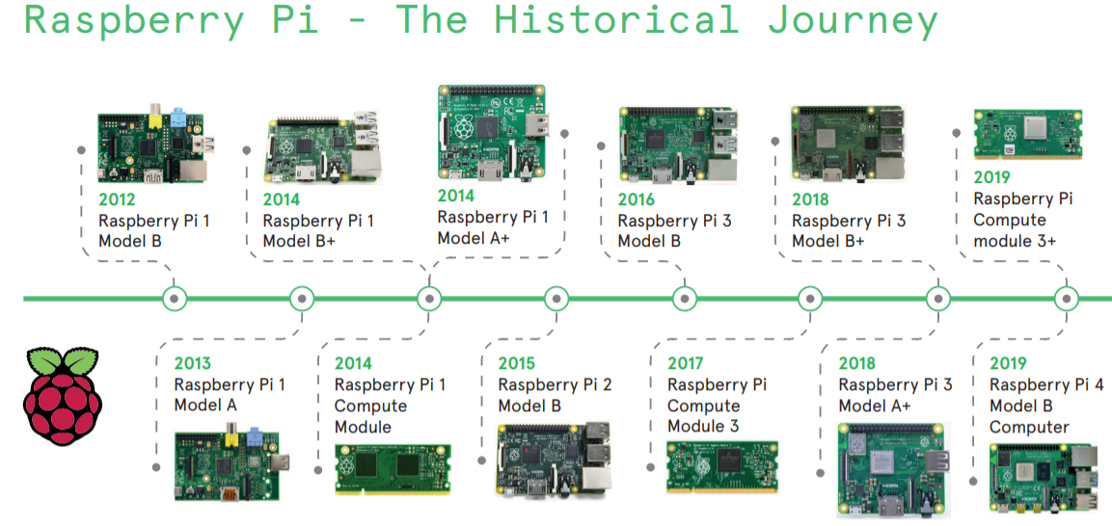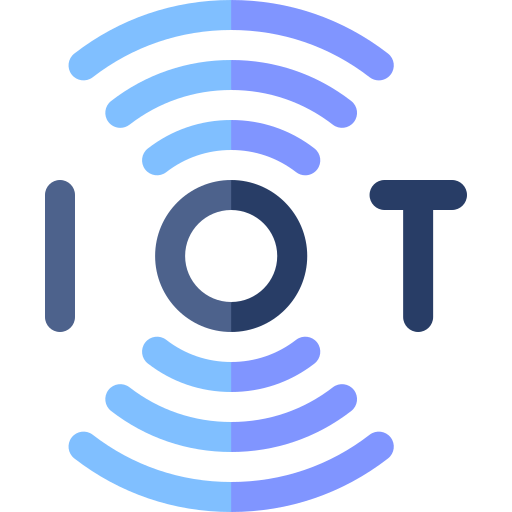What is a single-board computer (SBC)?
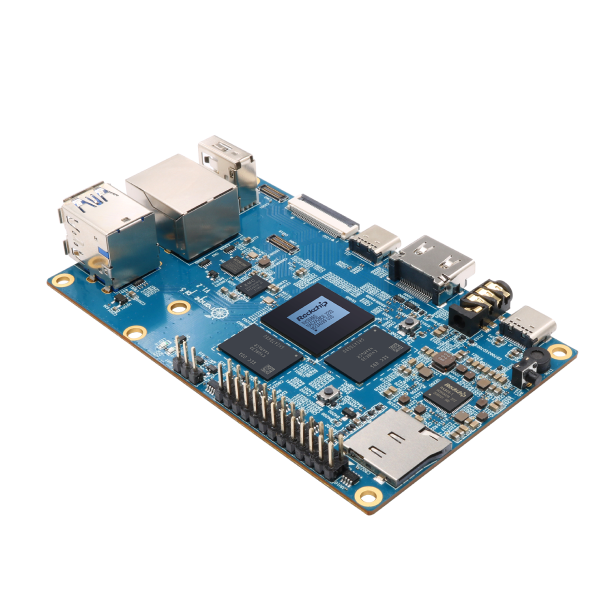 A popular way to fill in the Embedded platforms step or aspect of the information-value loop for IoT is using a single-board computer (SBC). It is also the common spot to start at while learning about IoT.
A popular way to fill in the Embedded platforms step or aspect of the information-value loop for IoT is using a single-board computer (SBC). It is also the common spot to start at while learning about IoT.
An SBC is a complete computer built on a single circuit board. It contains all the necessary components such as a microprocessor, memory, input/output interfaces, and storage. SBCs are designed to be compact, low-cost, and energy-efficient, making them ideal for use in a wide range of applications, including Internet of Things (IoT) solutions.
SBCs such as Orange Pi and Raspberry Pi are popular choices for IoT projects due to their low cost, small size, and low power consumption. They can be used to build a wide range of IoT devices, such as smart home appliances, security systems, and environmental monitoring systems. SBCs can also be used as edge devices in IoT solutions, where they also perform data processing and analysis at the edge of the network. This reduces the amount of data that needs to be transmitted to the cloud.
Linux is often run on SBCs due to its open-source nature, flexibility, and wide range of available software packages. Linux provides a lightweight and efficient operating system that can run on low-power devices such as SBCs. It also provides a wide range of development tools and libraries that make it easy to develop software for IoT solutions.
Aside from IoT solutions, SBCs can also be used to create a media center that can stream videos, music, and other content to your TV or to create retro gaming consoles that can run classic games from the past.
Choosing OrangePi as SBC
When choosing a Single Board Computer (SBC), there are several factors to consider. Here are some of the most important ones:
- Processing power: The SBC should have enough processing power to handle the tasks required by your IoT project. If you need to process large amounts of data or run complex algorithms, you may need a more powerful SBC.
- Connectivity: The SBC should have the necessary connectivity options for your IoT project. This includes Wi-Fi, Bluetooth, Ethernet, and other wireless protocols.
- Size: The size of the SBC is also an important consideration. If you need to fit the SBC into a small space, you may need a smaller board.
- Power consumption: The SBC should consume as little power as possible to maximize battery life in your IoT project.
- Cost: Finally, the cost of the SBC is also an important factor. You should choose an SBC that fits within your budget and provides the necessary features for your IoT project.
The SBC of choice for this course is the Orange Pi 3 LTS. We do not plan to run any heavy calculations or AI models so large processing power is not crucial. The most important point for our use-case is that our SBC provides the needed connectivity options and is low-cost.
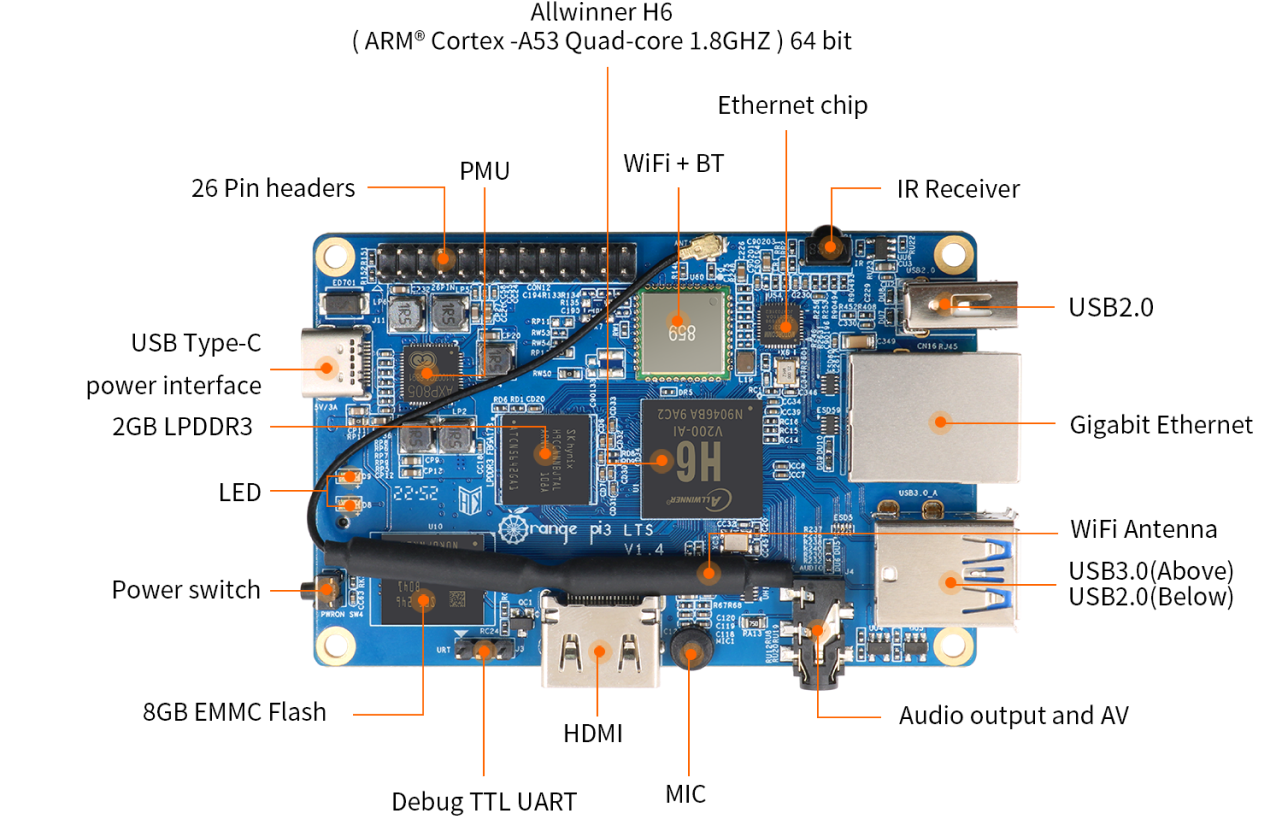
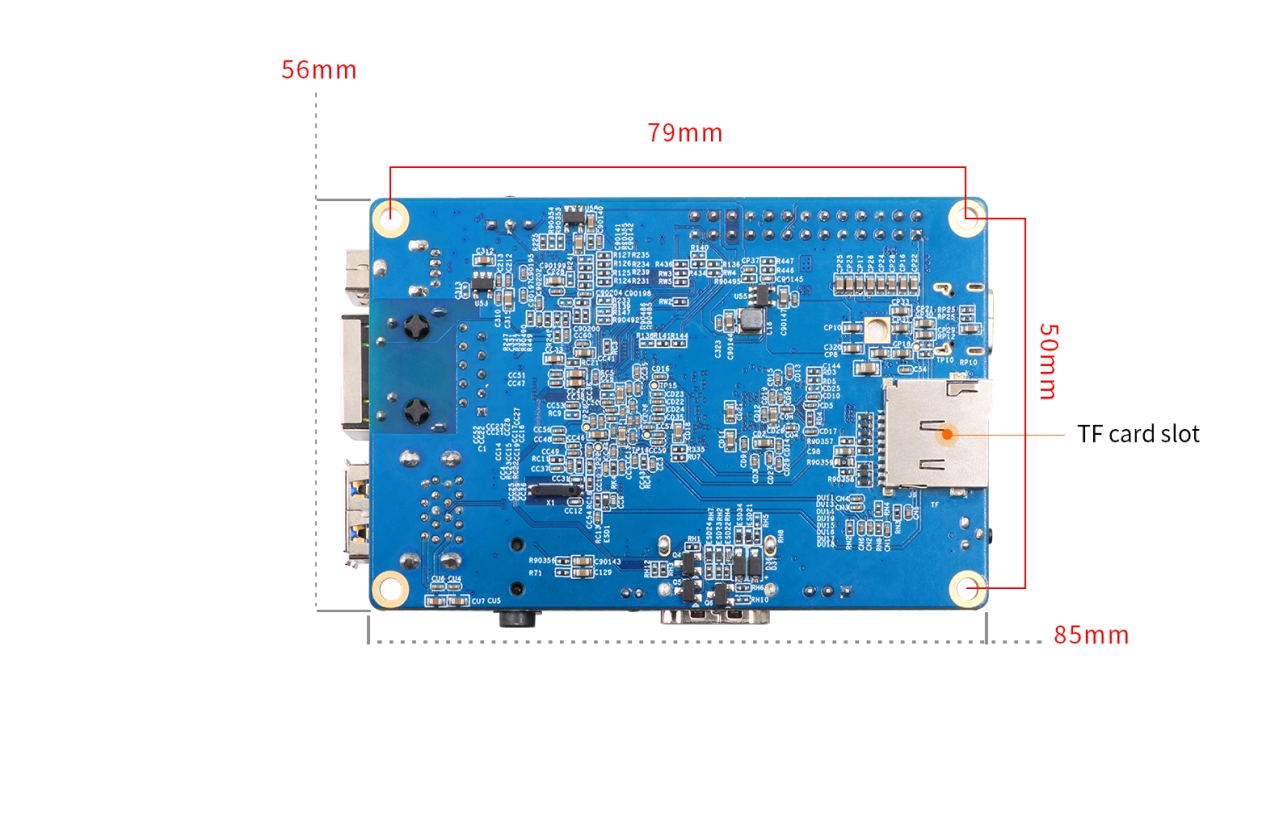
Hardware specifications of the Orange Pi 3 LTS:
| Feature | Specification |
|---|---|
| Dimensions | 85mm x 56mm and weighs 45g |
| CPU | Allwinner H6 Quad-core 64-bit 1.8GHz high-performance Cortex-A53 processor |
| GPU | High-performance multi-core GPU Mali T720, OpenGL ES3.1/3.0/2.0/1.1 |
| RAM | 2GB LPDDR3 (shared with GPU) |
| Onboard Storage | MicroSD card slot, 8GB EMMC |
| Onboard Network | YT8531C Chip which supports 10/100M/1000M Ethernet |
| Onboard Wifi & Bluetooth | AW859A Chip which supports IEEE 802.11 a/b/g/n/ac Wifi and Bluetooth 5.0 |
| Video Output | HDMI 2.0a, TV CVBS Output |
| Audio Output | HDMI Output, 3.5mm Audio Port |
| Power Source | 5V3A via USB Type-C |
| USB Port | 1 USB 3.0 HOST, 1 USB 2.0 HOST, 1 USB2.0 OTG |
| 26pin Headers | 1 I2C, 1 SPI, 1 UART & Multiple GPIO Ports |
| Debug Serial Port | UART-TX, UART-RX & GND |
| IR Receiver | Support IR remote control for Orange Pi |
Are there alternatives?
There are close alternatives to using the Orange Pi 3 LTS, one of them being the Raspberry Pi 4. Even so, in this course we will NOT support the Raspberry Pi 4. However, in later projects you are free to use it since it is 95% compatible to Orange Pi 3 LTS.
